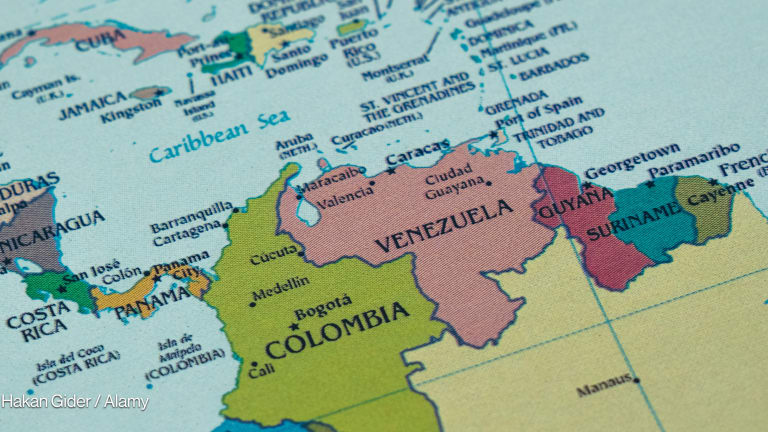
The latest Human Development Report is set for launch today in Mexico, located in a region that registered a mix of highs and lows in terms of education, income and gender inequality in 2012.
The 2013 HDR, says United Nations Development Program Administrator Helen Clark, “makes a significant contribution to development thinking by describing specific drivers of development transformation and by suggesting future policy priorities that could help sustain such momentum.” Currently, a series of discussions are being undertaken on what should go into the post-2015 development agenda.
The report indicates that more than 40 developing countries have made significant development strides, and many of them in Latin America and the Caribbean.
Although none from the region made it to the top 10 of the Human Development Index, three Latin America countries reached very high human development in 2012, the basis of the 2013 report. The highest: Barbados, which ranked 38th out of 186 countries. The other two were Chile (40th) and Argentina (45th).
Only Haiti was in the low human development category — unsurprisingly, given the devastation it continues to grapple with as a result of the temblor in 2010.
Haiti, often cited as the poorest in Latin America and the Caribbean, also registered the highest multidimensional poverty value although the figures were based on 2005-2006 data. Multidimensional Poverty Index aims to provide “a fuller portrait of poverty” by taking into account factors at the household level such as adult literacy, children’s school enrollment, child mortality and access to clean water, electricity and sanitation, basic household goods and home construction, instead of looking at merely income measurements.
The region fared well in all traditional HDI indicators as well as on gender equality, an “experimental” index added this year to the report. It had the highest life expectancy at birth, five years above global average according to the report. Gross national income per capita was at $10,300, second best next to Europe and Central Asia. The region also bested others in terms of the share of women in parliamentary seats, and ranked third in employment-to-population ratio.
Brazil, Chile and Mexico were considered “pioneers” in driving development policies, promoting greater global market integration and introducing innovations in social policy. Brazil’s Bolsa Familia and Mexico’s Oportunidades are some of the well-known conditional cash transfer programs being emulated in many parts of the world.
Secondary or higher education attainment for both sexes, though, was below the world average. The region’s losses due to income inequality was also the highest at 38.5 percent. The report notes that Latin America “still has the most unequal distribution of wealth of any region in the world.”
Read our last DevTrivia.








